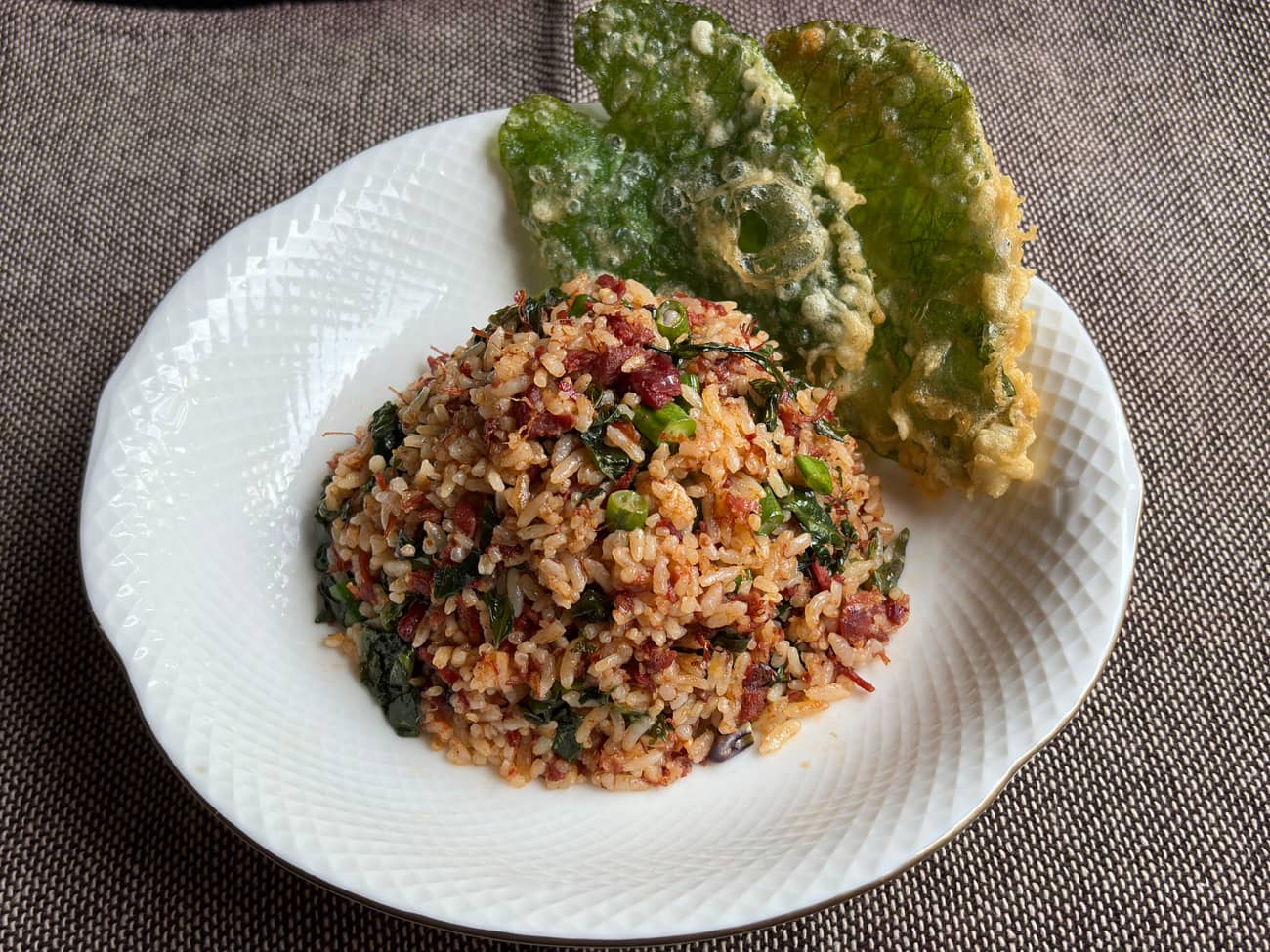
By switching out the stone pot for a non-stick pan, this skillet bibimbap guarantees a perfectly scorched rice bottom every time.
Bibimbap, meaning "mixed rice" in Korean, usually comes in one of two vessels: a regular dining bowl or a sizzling dolsot, or earthenware pot. The latter holds enough heat to keep your bibimbap warm while toasting the bottom, creating a crunchy layer of scorched rice.
What if you want to make toasty tutong-lined bibimbap, but don't have a dolsot? Reach for your biggest non-stick skillet and make skillet bibimbap.
While dolsot bibimbap forms crispy rice by chance, a skillet bibimbap does it on purpose. First, spread out your cooked rice in an even layer inside a lightly oiled skillet. You then heat the pan over medium-low, gently cooking the rice until a crunchy golden crust forms at the bottom.
Once your rice is toasty, all that's left is to pile on your bibimbap toppings. This recipe goes with your standard-issue sliced beef, plus a mix of colorful veggies like carrots, blanched spinach, and bean sprouts. Adjust and substitute these to your liking by using different proteins or the leftovers languishing in your fridge. Anything goes, as long as you top it all off with gochujang bibimbap sauce.

We don't just copy random recipes. We taste test every single one.
Easily search and save your favorites.
Chefs develop our food with techniques made easy for home cooks.
